Huge popular among home and garden growing, buttercup flowers, having the Latin name of the Ranunculyus, are enjoyed. Plant flowers are used to decorate home design, as well as create chic bouquets. To obtain a good cut, it is necessary to provide a special care plant, and the right landing.
Description of Lutikov
Buttercup is a grassy perennial plant, translated from Latin denotes a frog. Belongs to the Family Family. It has caustic poisonous juice located on all elements of the plant. The similarity of the flower and amphibian in natural habitat - and those and others develop and grow close to water bodies, or in water.
Predecessors with all the favorite colors - the slide of the creep and the buttercup, which climbed the work fields of our ancestors. Some species of wild plants were interested in breeders in the early 18th century, and by the end of the century, the buttercup became popular, as well as tulips and carnations.
All over the planet exists about 400 species of this amazing flower, which is coming even in areas with a temperate and cold climate. Gardeners are preferred only by several varieties - buttercup of garden and buttercup Asian, as well as their varieties.
Buttercourse
Buttercup is a perennial herbaceous plant growing up to 70 cm. It has a tuberous rhizome, a branchy stem of the middle thickness, the leaves of the plant of a palpaturase-shaped form. The plant has a flower in a diameter of 10-12 cm, having a bright color - pink, red, cream, white and many other shades, except blue tones. After cutting off the bush, it retains freshness to 7 days with daily spraying. Despite the beauty of the plant - remember that it is very poisonous. If you have pets and small children, be careful.
Varietic varieties
In addition to popular gardening, gardeners grow several other types:
- Asian - the stalk of the plant reaches a height of about 45 cm, has colors with carved edges, or ordinary inflorescences that have similarity with small robes.
- Chalmid - the grade is distinguished by large leaves and petals, fitted inside.
- The multi-flowered - per season can grow up to 80 cm in height, flowering period - from mid-June to August. Flowers predominantly yellow shiny color.
- Boroisser - shrub, reaching 90 cm in height. It has a large number of colors of a variety of shades of white and yellow.
- Amertolisnaya - a low-level plant, not more than 15 cm in height. Preferential color - yellow.
Methods of reproduction of Lutikov
Anyone will be able to multiply by anyone, today there are two ways - seed and tuber.
Landing the buttercup seeds
- To remove the seeds on its own very heavy and laborious process, the resulting seed quickly loses vitality. For a successful sowing, purchase ready-made seeds in the store.
- Prepare boxes for planting, they can be like wooden and plastic. Pour in them the light sandy soil.
- Drain the seating material is necessary at the beginning of March, at a depth of about 2 cm. After landing, cover the soil with a polyethylene package, to create greenhouse conditions.
- Once every three days, the film is cleaned, and give the soil. Provide seedlings timely watering.
- After 2 weeks, the coating must be removed, and grow seedlings until the beginning of May at a temperature of 16-20 degrees.
- As soon as 2-3 leafs appear on the stem, the plant is ready for a transplant in open ground.
Lutching with tubers
Purchase the roots of the plants obtained by dividing the root system, or digging, can be in any specialized store.
- Before buying, carefully choose the planting material - the roots should be without visible damage to pests, they should not be mold and defects.
- Rhizome plants are sold in a slightly dry form, so they need to pre-disconnect before planting. For the prevention of disease, place the roots in the pale pink milgantaneous solution for 40 minutes. Then thoroughly moisten the gauze and wrap the faces into the fabric for 3-4 hours.
- After all time, we wet gauze again and wrap the landing material again into it. Place in the plastic bag and remove 12 hours in a cool place.
- After soaking the roots should swell, and become similar to small octopus. After that, you can land in open ground.
Preparation before landing of the butter
Flower Buttercup very much does not like moisture stagnation in the soil, the roots begin to rot and the plant will quickly die, not even time to root. Before boarding, familiarize yourself with the flower preferences. With the right approach, the plant will thank you with beautiful and lush colors.
Right landing
- Buttercup will respond well to the shadow area, but also will not be badly perceived flowerbed, with a constant presence of solar color.
- If you want flowers to stay on a plant for a long time, pick up the optimal seat - under a tree, with rare branches that transmuse sunlight. Also, the branches of the tree will protect the flowers from the wind, which will help to maintain the dissolved buds in Nekotnaya.
- In order for the flowers to be lost among other mothers of inflorescences, do not land on one flower leaf with other decorative cultures. The only "neighbor", which will be combined with the plant - a blue anemone.
Preparation of soil
- From the autumn, reappel on the length of the bayonet shovels, an estimated place for planting the plant. Feel the manure, or leave the compost.
- If the soil is distinguished by significant humidity, in the spring, enter bone flour and lime into the soil.
- The auxiliary effect for good growth of the plant will be the creation of a drainage layer under the bottom of the ceramisite or gravel. Also, the drainage layer is excellent protection from the roasting rot.
Landing Lutikov
Planting plants with sustainable warm weather, in the middle lane of Russia this term - the beginning or middle of May. If you put the buttercups in frosts, the plant will die of cold temperatures.
- Spread the land before starting landing, tick the distance - flowers satisfy from each other at least 10 cm.
- Nabult tubers put in the hole, at a depth of 5-7 cm.
- Seed out the land in the warm warm sun, it is recommended to replant with the preservation of an earthen koma, in order to avoid darling gentle roots.
- After planting, paint the earth and climb the straw.
Growing and leutch care
The plant does not like excessive watering and droughle of the soil, for moderate moisture, water the flower once every 2-3 days. Make sure that the base of the plant does not accumulate excess water, which leads to the infection of the root. Symptoms indicating excessive irrigation - the appearance of a white plaque on the stem and leaves, discharge of unacceptable buds. Stop watering at the end of August, when the leaves of the plant will begin shirt.
Ranuncoulyus root system requires permanent air access, to do this, remove weeds in a timely manner and loosen the soil once every 7 days. Do not forget to make feeding, many varieties begin to bloom only after applying fertilizers. Feed the flower every 2 weeks.
After the stems appear on the stems, remove them with a sharp knife or garden scissors, thereby freeing the place for new buds. If you neglect this departure, then instead of colors, the plant all its strength and power will give leaves. But this is rarely happening, and the departure for the plant does not go in vain, admiring you with beautiful decorative plants.
For the winter, the stem is cut to base and carefully remove the roots using a garden blade. Before storage, treat the fungicide tubers and dry. Store up to the next spring at a temperature not lower than 10 degrees. In the regions where the winter temperature does not exceed -3, -5 degrees, tubers are left in the ground, insulating the earth with a film with straw.

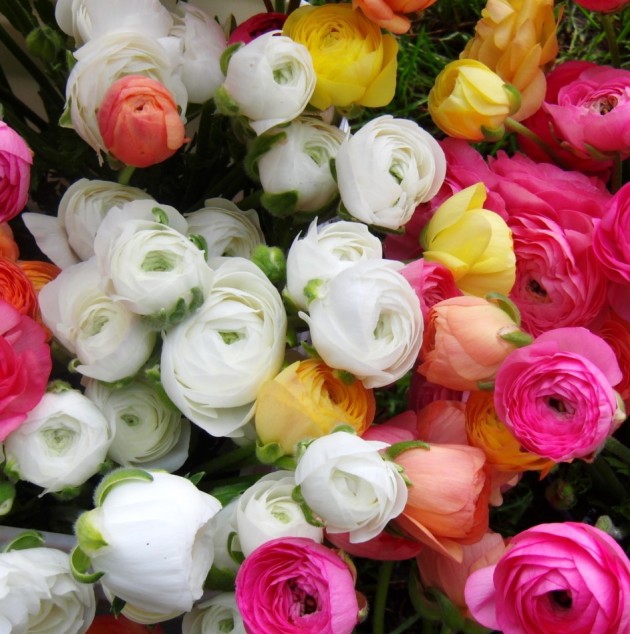
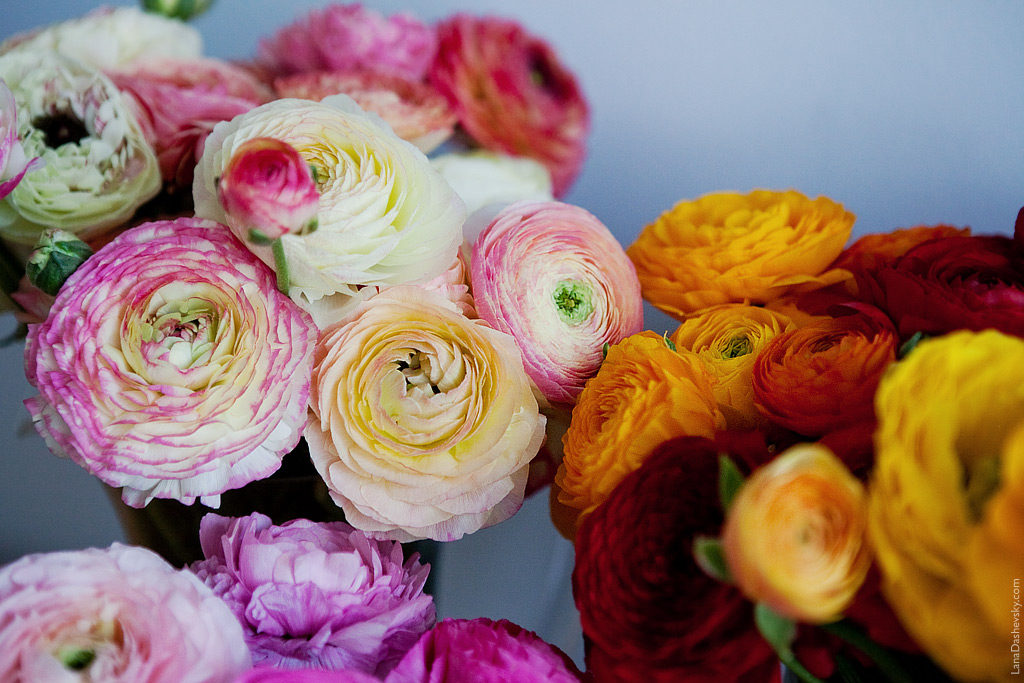

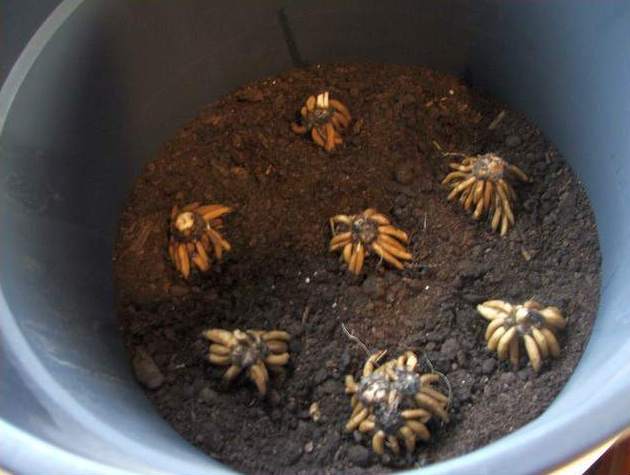
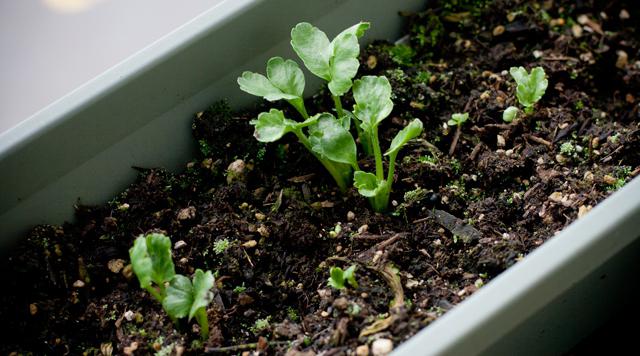
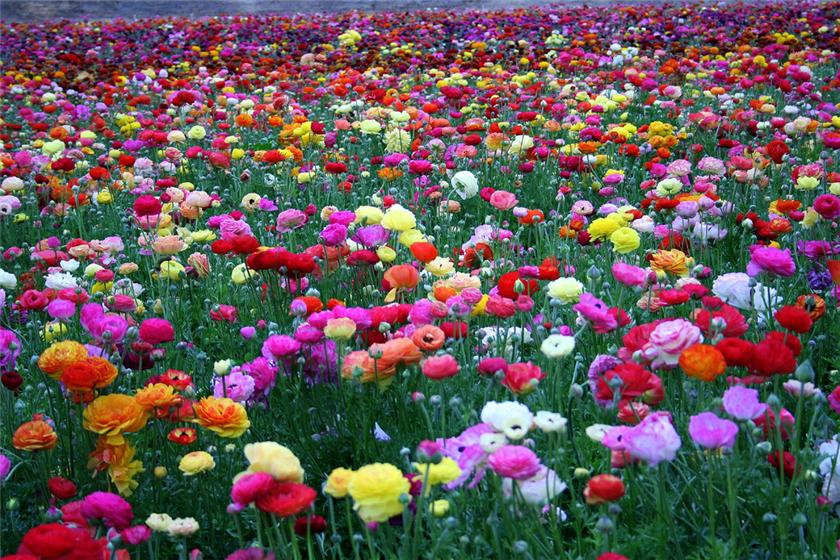
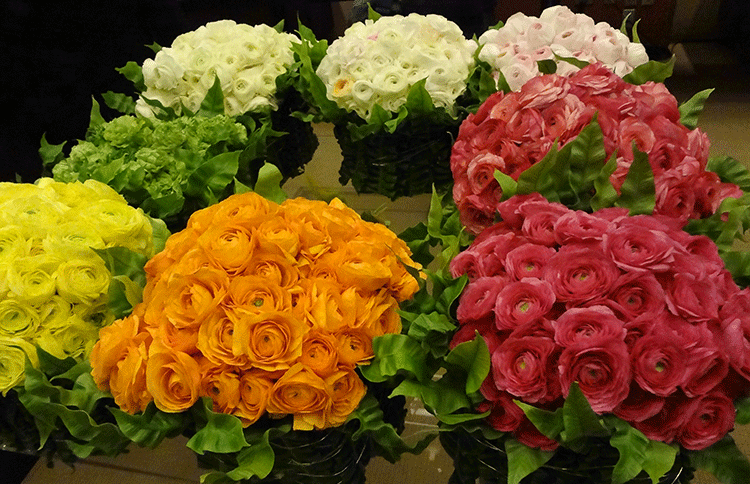

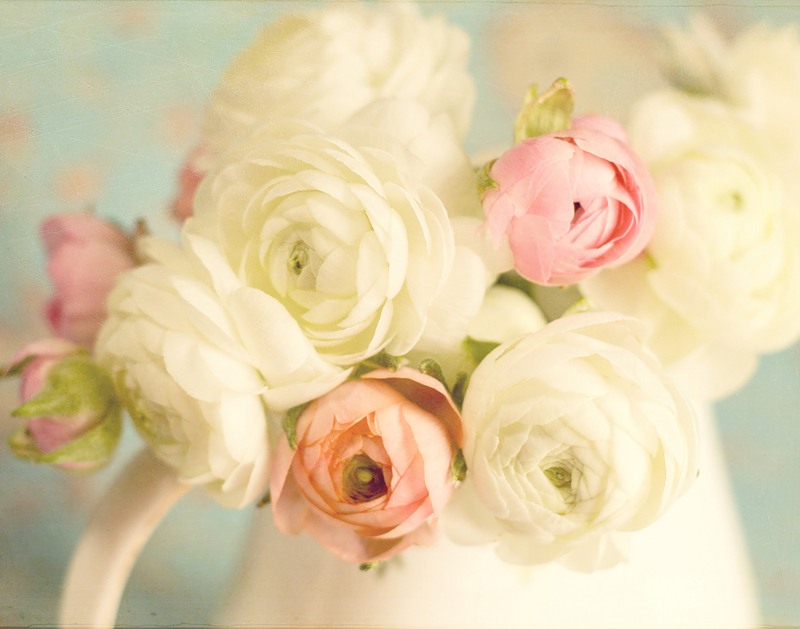
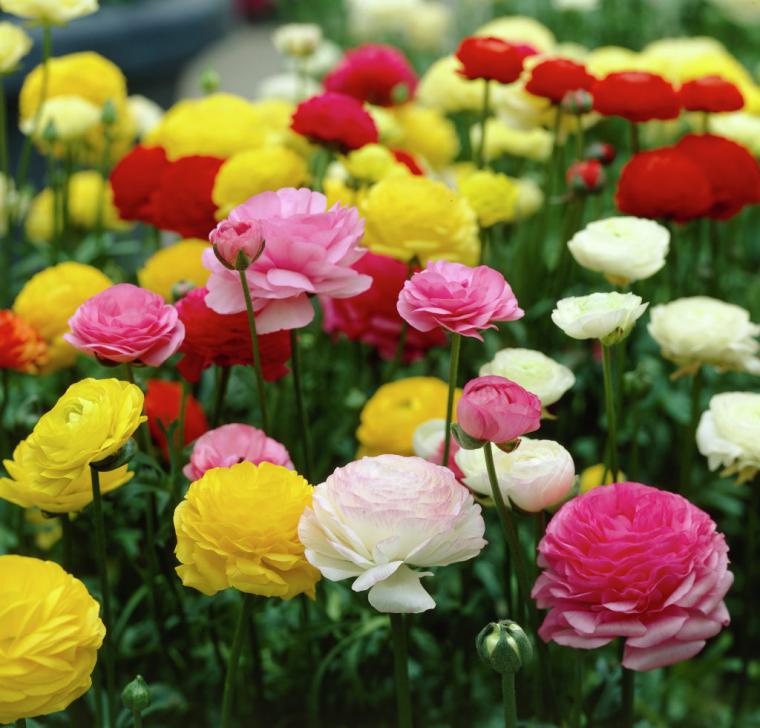












 Start a discussion ...
Start a discussion ...